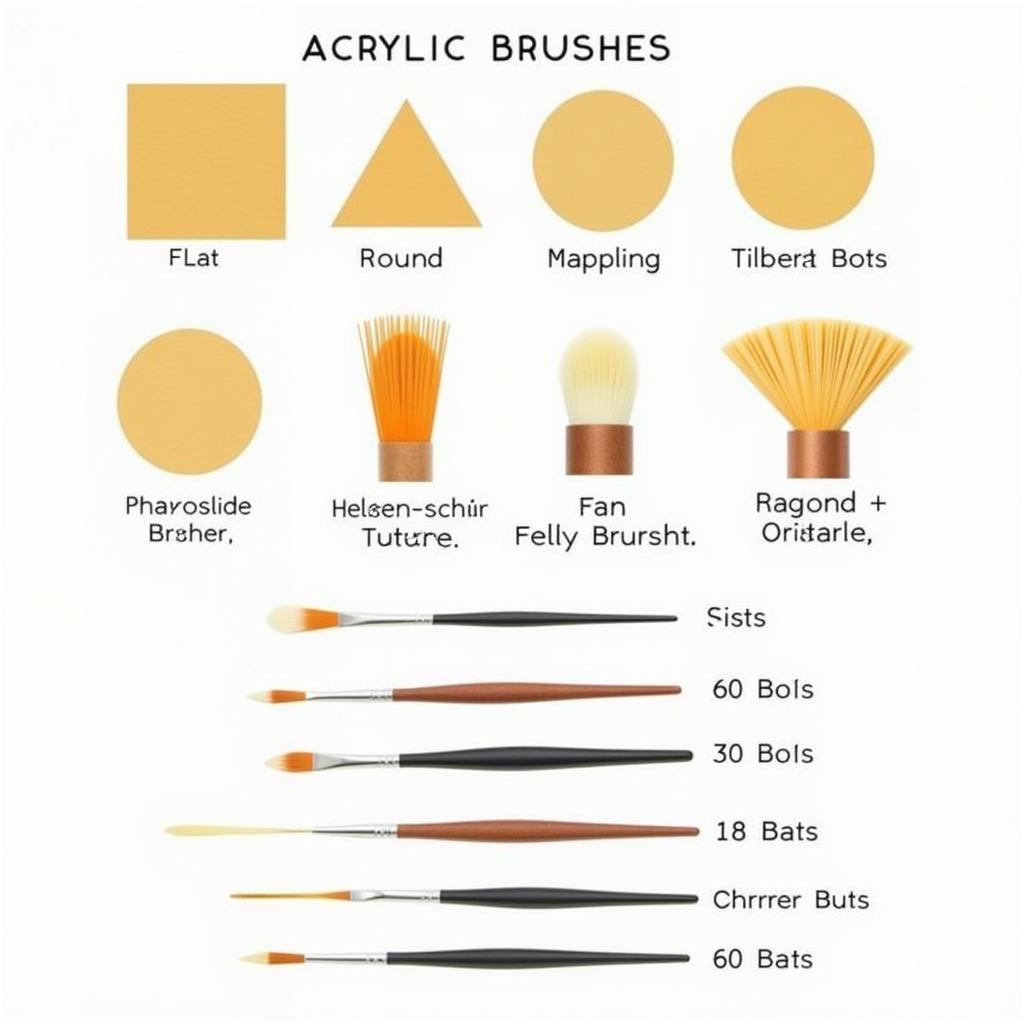Atari Box Art: A Blast from the Gaming Past
Atari Box Art holds a special place in the hearts of many gamers who grew up during the golden age of arcade and home consoles. These colorful and often dramatic illustrations weren’t just packaging; they were portals to fantastical worlds, epic adventures, and unforgettable gaming experiences. Let’s take a trip down memory lane and explore the captivating world of Atari box art, uncovering the stories behind their creation and their lasting impact on video game visuals.
The Dawn of Atari and the Rise of Box Art
The 1970s marked the beginning of the home video game revolution, and Atari was at the forefront. With the release of the Atari 2600 in 1977, video games transitioned from a novelty arcade attraction to a mainstream form of entertainment. But with limited graphics and gameplay, Atari faced a challenge: how to convey the excitement and potential of these digital worlds to potential buyers.
Enter the power of box art.
Atari recognized that compelling visuals were crucial to attracting attention on store shelves. They understood that the box art needed to do more than just showcase the game; it had to ignite imaginations and entice players into the game’s universe. This led to Atari assembling a talented team of artists who were tasked with creating eye-catching and engaging illustrations that would jumpstart the imaginations of gamers.
More Than Meets the Eye: The Art of Storytelling
Early Atari games were often limited by simple graphics, often using basic shapes and a limited color palette to depict characters and environments. This technical constraint pushed artists to be incredibly creative and resourceful in their approach to box art. They employed bold lines, vibrant colors, and dynamic compositions to compensate for the technological limitations of the time.
Atari box art often told a story, even if the game itself offered minimal narrative. These visual narratives were crucial in attracting players and setting the stage for their gaming experience. Take, for instance, the iconic box art for “Space Invaders.” The image depicts a fierce battle against a relentless alien invasion. Even without any prior knowledge of the game, players could instantly grasp the premise and the stakes involved.
A Legacy of Influence: Atari’s Enduring Impact
The influence of Atari box art extends far beyond the golden age of arcade games. These early illustrations helped shape the visual language of video games, establishing conventions that are still prevalent today. The emphasis on dynamic poses, heroic characters, and fantastical settings can be traced back to the pioneering work of Atari’s artists.
Moreover, Atari box art has become highly collectible, with original paintings and prints fetching impressive sums at auctions. The enduring appeal of these artworks speaks to their nostalgic value and their recognition as significant artifacts of video game history.
Conclusion
Atari box art stands as a testament to the power of visual storytelling and its ability to transcend technological limitations. These captivating illustrations weren’t just marketing tools; they were gateways to imagination, inviting players to embark on exciting digital adventures. The legacy of Atari box art continues to inspire artists and gamers alike, reminding us that even within the constraints of early technology, creativity and artistry can flourish and leave an indelible mark on the world.


